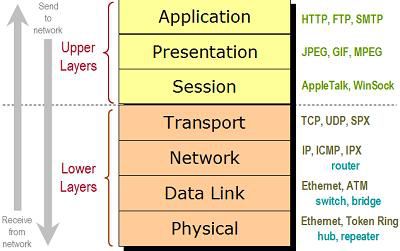

They’re responsible for a website’s data structure and business logic.Įach web application has two components (the client and the server) that connect with each other through a framework. Structural components include the server and the web application database architecture. They include layouts, notifications, and dashboards.

UI/UX components represent all elements of a web app that are visible to a user. Web application architecture componentsīeyond server-side and client-side, you can divide web app architecture components into two other categories: Let’s find out the differences between these components and define their functions. There are two main components of a web app architecture: the server side and the client side.

Also, it should be highly secure and easy to support.
Web page layers software#
Get a Free Consultation! What is a web application architecture?Ī web application is a piece of software that works on the internet through a browser.


 0 kommentar(er)
0 kommentar(er)
